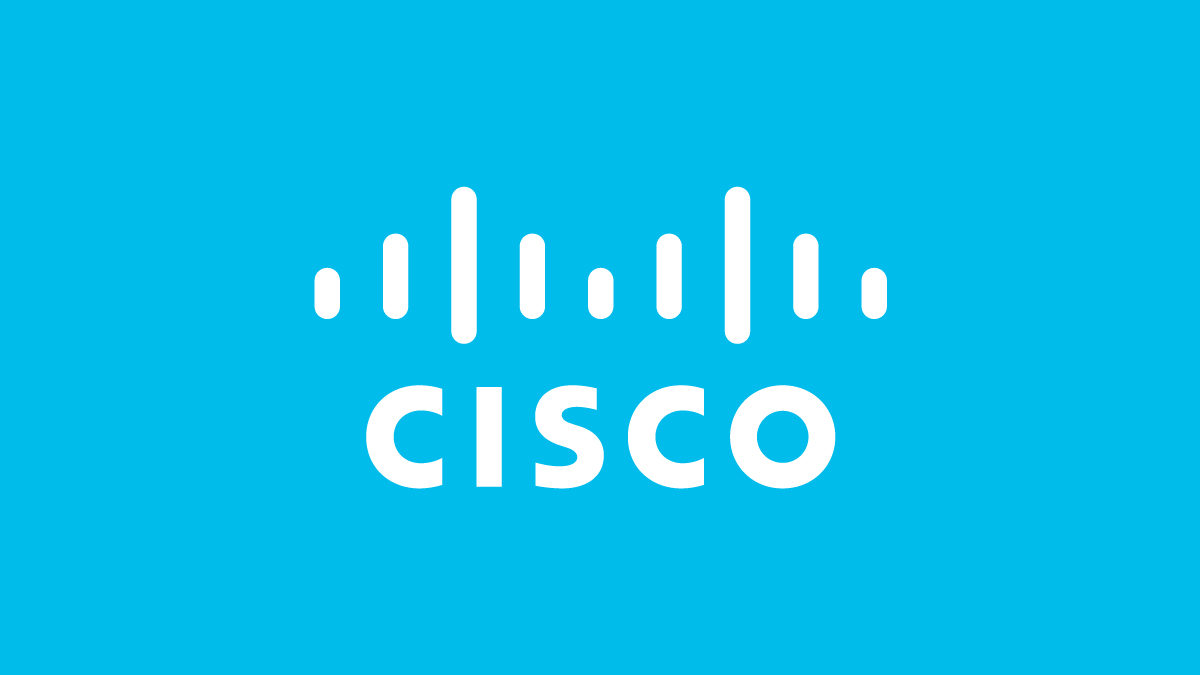Whenever money moves, there’s a strong chance that Fiserv helped make it happen — securely and efficiently.
The pioneering fintech, founded in 1984, supports thousands of financial institutions and more than 6 million merchant locations in more than 100 countries. That could be anything from a corner café or small-town bank to a leading global brand — all adding up to a staggering 90 billion transactions and payments authorized each year.
Fiserv operates in a hyper-competitive business environment at global scale. So, to best serve its customers, Fiserv turned to another 40+-year-old technology company that’s as innovative as ever: Cisco.
In fact, two years ago Fiserv initiated a Cisco network refresh for its enterprise environment. The refresh was driven by Cisco’s latest innovations, which offered precisely the kind of powerful yet integrated solutions that could simplify operations, expand resilience, and build a foundation for growth, innovation, and new opportunities.
For more insights, we spoke with Charles Carley, VP of network infrastructure at Fiserv about the Cisco/Fiserv partnership, the impact of Cisco’s new technologies, and what he sees for the future.
Thank you, Charles! Let’s start with a quick overview of your role at Fiserv.
Thanks, Kevin. As you know, Fiserv is the engine behind moving money around the world. And as VP of network infrastructure, I focus on our enterprise space and our client connectivity. We provide connectivity services to more than 10,000 financial institutions. And along with the U.S. and Canada, I look after Latin America, Europe, Middle East, Africa, and Asia.
What are some key technology challenges that Fiserv has faced in recent years?
We're in a highly competitive industry, and technology truly is a differentiator for us. But as important as it is, we’ve been trying to flip the model around, from technology first to business first. So, it's important for us to keep focused on enabling our business. The critical challenge is to provide modern, cost-effective technology solutions that allow our business units to be agile in the marketplace. Flexibility is probably the biggest thing that we can provide them, so they can react to fast-changing market conditions. We're a 40-year-old fintech, but we have to maintain that nimbleness.
Is that part of what drew you to Cisco?
When we began partnering with Cisco about two years ago, it was because we felt like Fiserv had a fragmented approach to technology and our partner ecosystem. And based on previous experience, we knew Cisco was capable of providing world-class technology solutions. So, we've been focusing on building a technology ecosystem versus chasing this butterfly, that butterfly.
So, Cisco’s integrated approach was a factor.
Yes, with Cisco moving to a common platform strategy and enabling a common support model, we can reduce the overhead on our internal organizations. Integrated solutions from Cisco make everything easier.
Cisco’s not always been synonymous with ease of use. But it’s made a major effort in recent years around integration, automation, and platform-based solutions.
Yes, that is spot on. We took a large group of people to Cisco Live this year, all walked away feeling like Cisco is a new company. The fact that Cisco is bringing integrated solutions forward is huge. Previously, Cisco made great products, but with more of a siloed approach. Now, it’s a platform approach with an integrated perspective.
Could you share some specific examples of how that’s making a difference to your teams?
Sure, one example would be the Cisco Wi-Fi controllers, which use a variant of iOS XE-based interface which is also on Cisco routers and switches. So, someone could move from a router to a switch to a wireless controller without having to understand a completely new base operating system. And late last year, we standardized on Cisco for both our LAN and Wi-Fi environments. We're deploying VXLAN which gives us the ability to easily trace our sessions, limit our multicast zones, and provides high scalability. We also use Catalyst Center, which is very intuitive and helps provide a single view. Internet of Things, IoT, is also an area of great interest for us. So, being with Cisco is a differentiator there as well.
Security and observability are increasingly embedded in all Cisco products.
This is key for us as well, not only from the day-to-day operational support, but as you mentioned from a security perspective. In a regulated industry, we're expected to understand exactly what's going on in our environment at any given time. And the Cisco tooling allows us to do that. The telemetry provided by Cisco products has grown tremendously, and we're looking forward to being able to integrate that telemetry to allow us to create that one-stop shop for end-user troubleshooting.
To what extent are additions like Splunk and ThousandEyes helping?
Those acquisitions bring something unique to Cisco. They’re very forward-thinking, and we're definitely seeing the benefits. ThousandEyes gives us more internet-based visibility, and we're bringing it into more internal use cases as well. It lets us not only know what's going on, but more importantly gives us a playback of what was going on at a previous point in time. And Splunk is great for data analytics. It allows us to bring all our logs into one place and correlate events from routers, switches, or what have you. The time saved during operational issues on event correlation by using Splunk is allowing us to deliver a higher level of stability to our internal and external customers.
Beyond technology, the human factor is critical. How is that playing out?
You can have great products, but at the end of the day it all comes down to people. The people at Cisco treat us like the growing, innovative business that we are. The depth of knowledge and the rapid engagement we get from Cisco Customer Experience and High Touch Technical Support is incredible.
AI is obviously a game changer — in analytics, security, agentic agents, and more. I’m sure it’s a big part of your strategy.
Yes, it certainly is. I'm excited about where Cisco's going with AI, and they’re very in tune to the business challenges out there now. Cisco has decades of historical troubleshooting data and issues data, and the fact that they are applying AI models to that is helping us lower our mean time to repair, which is one of our ultimate goals. And then, on the more proactive front, the AI agents are a tremendous help in configuration and support.
What do you see for the future and how does the investment of Cisco technologies position you for some of these coming challenges and acceleration of change?
Cisco is committed to partnering with us on a multi-year roadmap based on business drivers of where we want to go. And they’re able to bring in what honestly feels like unlimited resources — to provide technology solutions that map against our business requirements. But by the same token, roadmaps and business requirements can change, and Cisco has the flexibility to adapt. And again, we’re very excited by where Cisco’s going with AI. We’ve built a deep engagement with Cisco, and I think it’s going to pay great dividends.




